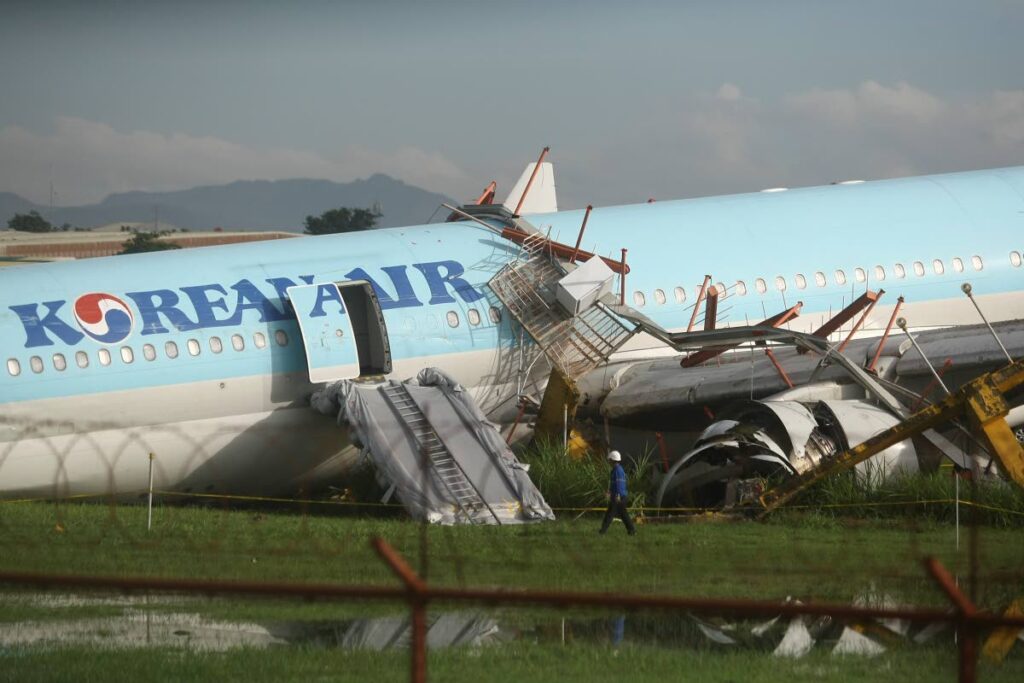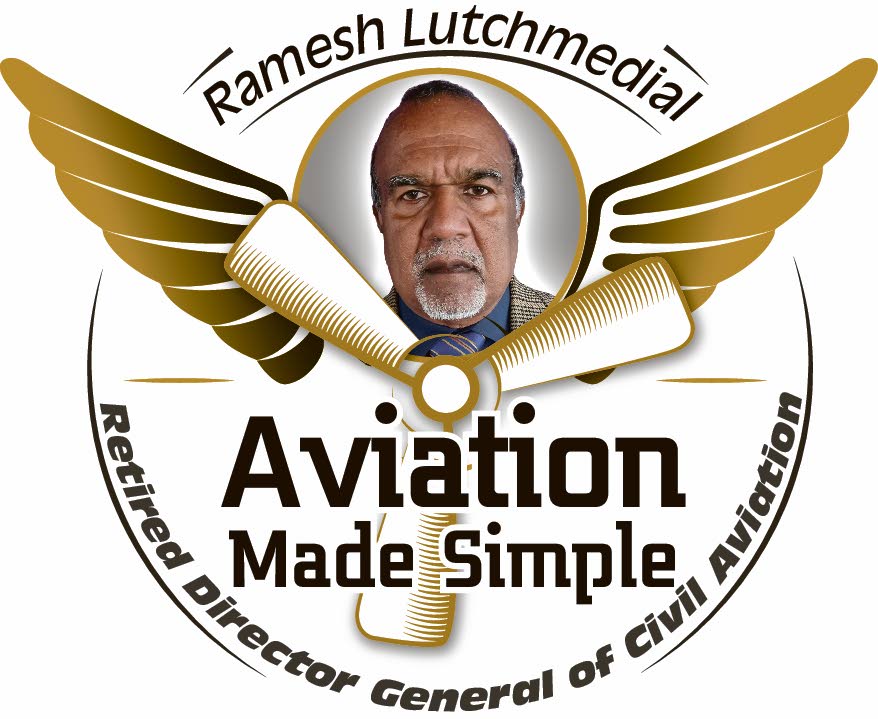Investigating aircraft accidents, incidents


The International Civil Aviation Organisation (ICAO) requires states to have independent bodies to investigate aircraft accidents, owing to a potential conflict of interest since the civil aviation authorities (CAAs), as the safety regulators, are part of the safety chain.
ICAO requires accident-investigation authorities to be strictly objective and impartial in order to identify all underlying systemic causes and contributing factors of the accident. Aircraft accident-investigation bodies should be established so that they can withstand political or other undue interference. In most states, the accident-investigation authorities report directly to the national parliament or to a minister of government.
In the US, all aircraft accidents are investigated by the National Transportation Safety Board (NTSB); in Canada by the Transportation Safety Board (TSB); in the United Kingdom by the Air Accidents Investigation Branch (AAIB); and in Australia by the Australian Transport Safety Bureau (ATSB).
However, some CAAs, particularly in less developed countries, still lead aircraft-accident investigations.
Accident investigations have contributed to significant progress in aviation safety over four eras of activity.
In the “technical” era, from the early 1900s until the late 1960s, safety deficiencies were initially related to technical factors and technological failures. The focus of safety initiatives was placed on investigating and improving technical factors such as aircraft and engine designs. By the 1950s, technological improvements had led to a gradual decline in the frequency of accidents, and safety processes were broadened to encompass regulatory compliance and safety oversight.
In the “human factors” era in the 1970s, the frequency of aviation accidents had significantly declined, thanks to major technological advances and enhancements of safety regulations. Aviation became a safer mode of transport, and the focus of safety efforts was extended to include human factors, including such things as the “man/machine interface."
Despite the investment of resources in error mitigation, human factors continued to be cited as a recurring factor in accidents. Human factors focused on the individual, without fully considering the operational and organisational context.
It was not until the early 1990s that it was acknowledged that individuals operate in a complex environment that includes multiple factors which could affect their behaviour.

In the “organisational” era, during the mid-1990s, safety began to be viewed from a systemic perspective and began encompassing organisational factors as well as human and technical factors. The notion of an “organisational accident” was introduced. This perspective considered the impact of organisational culture and policies on the effectiveness of safety-risk controls.
Additionally, routine safety data collection and analysis, using reactive and proactive methodologies, enabled organisations to monitor known safety risks and detect emerging safety trends. These enhancements provided the learning and foundation which led to the current safety management approach.
In the “total system” era, from the beginning of the 21st century, many states embraced the safety approaches of the past and evolved to a higher level of safety maturity. States implemented state safety plans or safety management systems.
However, safety systems focused largely on individual safety performance and local control, with minimal regard for the wider context of the total aviation system. This has led to growing recognition of the complexity of the aviation system and the different organisations that all play a part in aviation safety.
The investigations of many accidents indicated that the interfaces between people and organisations contributed to negative outcomes. This was evident in the Tenerife air disaster on March 27, 1977, when two Boeing 747 passenger jets, KLM flight 4805 and Pan Am flight 1736, collided on the runway at Tenerife North Airport on the Spanish island of Tenerife, resulting in 583 fatalities – the deadliest accident in aviation history.
The accident investigation by Spanish authorities determined that the primary causal factor was the KLM captain's decision to take off, in the mistaken belief that air traffic control (ATC) had issued a take-off clearance. The Dutch investigators also identified that a misunderstanding in radio communications between the KLM crew and ATC contributed to the KLM captain’s decision.
Another major contributory factor was fog at the airport, which greatly limited visibility, to the extent that the control tower and the crews of both planes were unable to see one another.
This accident resulted in major changes to international regulations by ICAO and aviation authorities around the world. Standard phraseology was mandated, with minimum levels of English-language proficiency. Cockpit procedures were changed after the accident, and greater emphasis was placed on mutual team decision-making. Less experienced flight crew members were encouraged to challenge their captains when they believed something was incorrect during a critical phase of a flight. Captains were instructed to listen to their crew and evaluate all decisions in light of crew concerns.
This is training known today as crew resource management (CRM) and ICAO made it mandatory by for all airline pilots.
Therefore, a properly conducted accident investigation is a very important tool for preventing accidents.

Comments
"Investigating aircraft accidents, incidents"